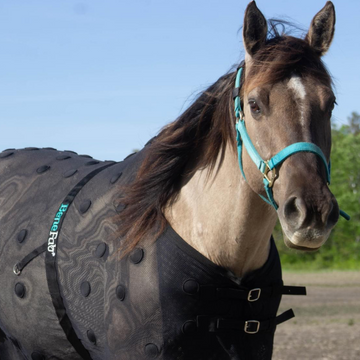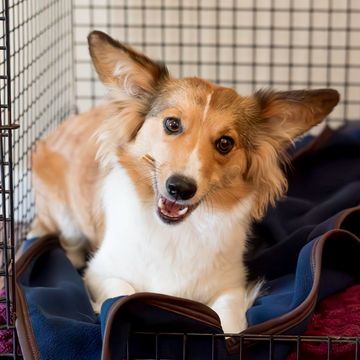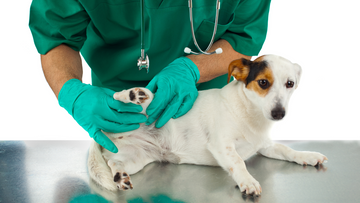There is a whole list of wild plants that have been found to be poisonous to horses. One of the more common and especially toxic types is the deadly nightshade plant, or Atropa Belladonna. Horses will usually avoid eating poisonous plants (they don't taste very good) as long as there is an abundant source of good quality hay or pasture accessible. However, faced with no pasture or hay, a horse might decide to sample one of the poisonous weeds still left standing in the field.

Deadly Nightshade is native to North America. They are considered weeds and often found growing in cultivated fields, gardens, waste places, and overgrazed pastures. The flowers of the deadly nightshade plant are bell-shaped and are purple and green in color. The large, oval leaves have pointed tips. Unripe berries are green, and as they ripen, the berries become black, shiny, and beautiful. Not only is eating any part of the deadly nightshade dangerous, but simply touching the plant can be harmful if the skin has cuts and/or open wounds. This plant causes serious toxic side effects when ingested. All parts of the plant are toxic, though the root is believed to have the highest concentration of toxins
Symptoms:
- Dry mouth
- Anorexia
- Dilated pupils
- Change in heart rate
- Sensitivity to light, or blindness
- Muscle tremors
- Muscle convulsions
- Constipation
- Diarrhea
- Disorientation
- Loss of coordination
- Death (severe cases)
- Abdominal pain
- Loss of appetite
This plant contains the compound atropine and it is this specific compound that causes the above clinical signs. If you think your horse has eaten nightshade you need to contact your veterinarian immediately. Early and mild cases can be treated successfully using drugs to reverse the atropine type symptoms. Veterinarians use a compound called neostigmine counteracts the effects of atropine. In addition to administration of this drug, supportive care is required. Activated charcoal should be given orally to help and a veterinarian should administer IV fluids.
If you are aware of nightshade plants growing on your property that are accessible to your horse, it is best to remove these plants from the vicinity. For prevention you should walk your fields and turn out areas monthly looking for poisonous plants. Nightshade can be pulled up, cut back or dug up to remove it. If you cut it back, you can treat the root areas with herbicides or salt. Make sure the pulled-up plants are removed to an area safely away from any livestock (or pets). Subscribe to our Blog and receive free shipping on your first order!





















